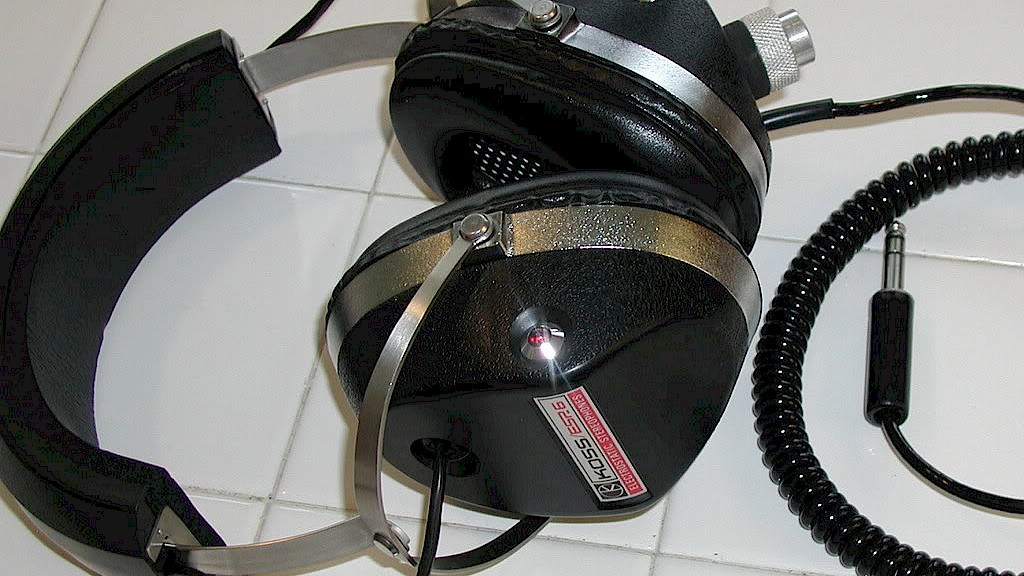Headphones: Imaging & Danger
Headphones: imaging and hearing loss.
“Head Monster” Noel Lee is rumored to have told Beats founders Jimmy Iovine and Dr. Dre, that ‘Headphones are the new speakers.’ The sales figures prove the point. But how good are they musically? And, perhaps more importantly, how good are they for you?
Binaural Recordings Can Image: Do headphones create the best soundfield or the worst soundfield? It all depends on the recording technique. In 1968, when I first heard the electrostatic Koss ESP/6 stereophones playing some binaural recordings, I was blown away. These recordings were made with a dummy head with microphones in each ear (this is not a universal, standardized recording system because there is a great variation in head/ear sizes and shapes; plus, these recordings sound strange on most speakers). They created a soundfield unlike any I had heard except from live performances.
With headphones playing stereo recordings engineered for speakers, the sound just stays inside your head. I find this effect disturbing since I have never heard a live performance from the middle of my head. Some recordings and speakers don’t convey a firm, stable soundstage; but the sound is coming from out-there – somewhere – not inside me. I have a fairly good memory for sound, and if it’s a live performance and I’m listening from decent seats, it includes the 3-D placement of the performers. Good recordings on great speakers can do the same. We call that “imaging.”
Stax of Japan made electrostatic “ear speakers” that moved the image more into the real world with their Lambda Series by having the element mounted forward of the ear and the sound wash over the ear as it does in real life. The sound was a success but the “ear speakers” were big, bulky and expensive.
I still occasionally audition headphones; but have not heard anything better than the Omega Series from Stax (now of China).
Danger? Beyond lack of real-world imaging, headphones and ear buds present another concern: hearing damage.
The NIH reported, “Any type of headphone has the potential to cause [noise-induced hearing loss] if used improperly in terms of absolute level of the sounds, the length of exposure time to sound, and the fit of the earphone or headphone.”
Brian Fligor, ScD, of Children’s Hospital in Boston says, “Studies have shown that people exposed to 85 decibels for eight hours tend to develop hearing loss … Every time you increase a sound level by three decibels, listening for half as long will produce the same amount of hearing loss. The kid who cuts my grass uses an iPod. The lawn mower noise is about 80 to 85 decibels. If he likes listening to his iPod 20 decibels above that, he’s in the range of 100-105 decibels. At that sound level he shouldn’t listen for more than eight to 15 minutes.”
Recent studies have discovered that one in five teenagers already suffer from hearing loss. Hearing loss is a one-way street; it only gets worse. I have been listening to live, professional performances (I do bring ear plugs to amplified events) and speakers reproducing live (acoustic) sound levels for over 50 years. Last year was the first sign of any hearing loss and the sound was always outside my head. I am a test group of one, but it indicates it is possible to enjoy music for many, many years without hearing damage.
Enjoy & Good Listening!
John
Subscribe to Ohm News & Views to get the latest posts in your inbox
John Strohbeen Author
John Strohbeen was the President and Chief Engineer of Ohm Acoustics from 1978-2023.


